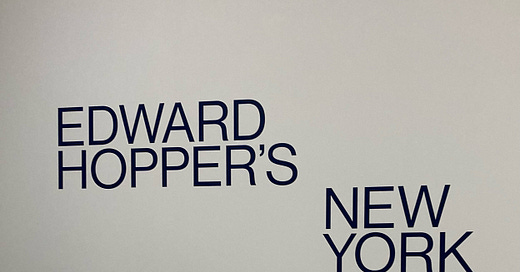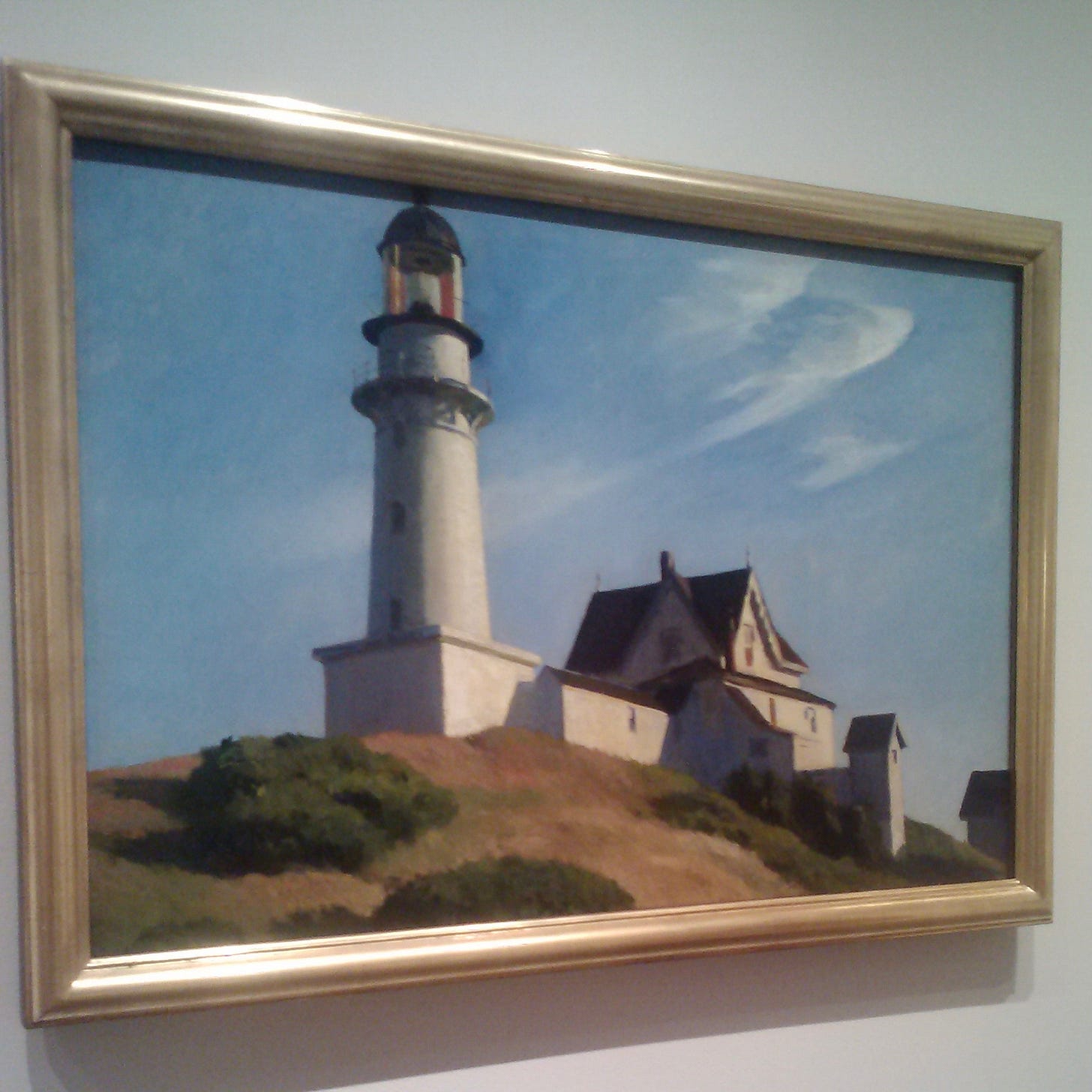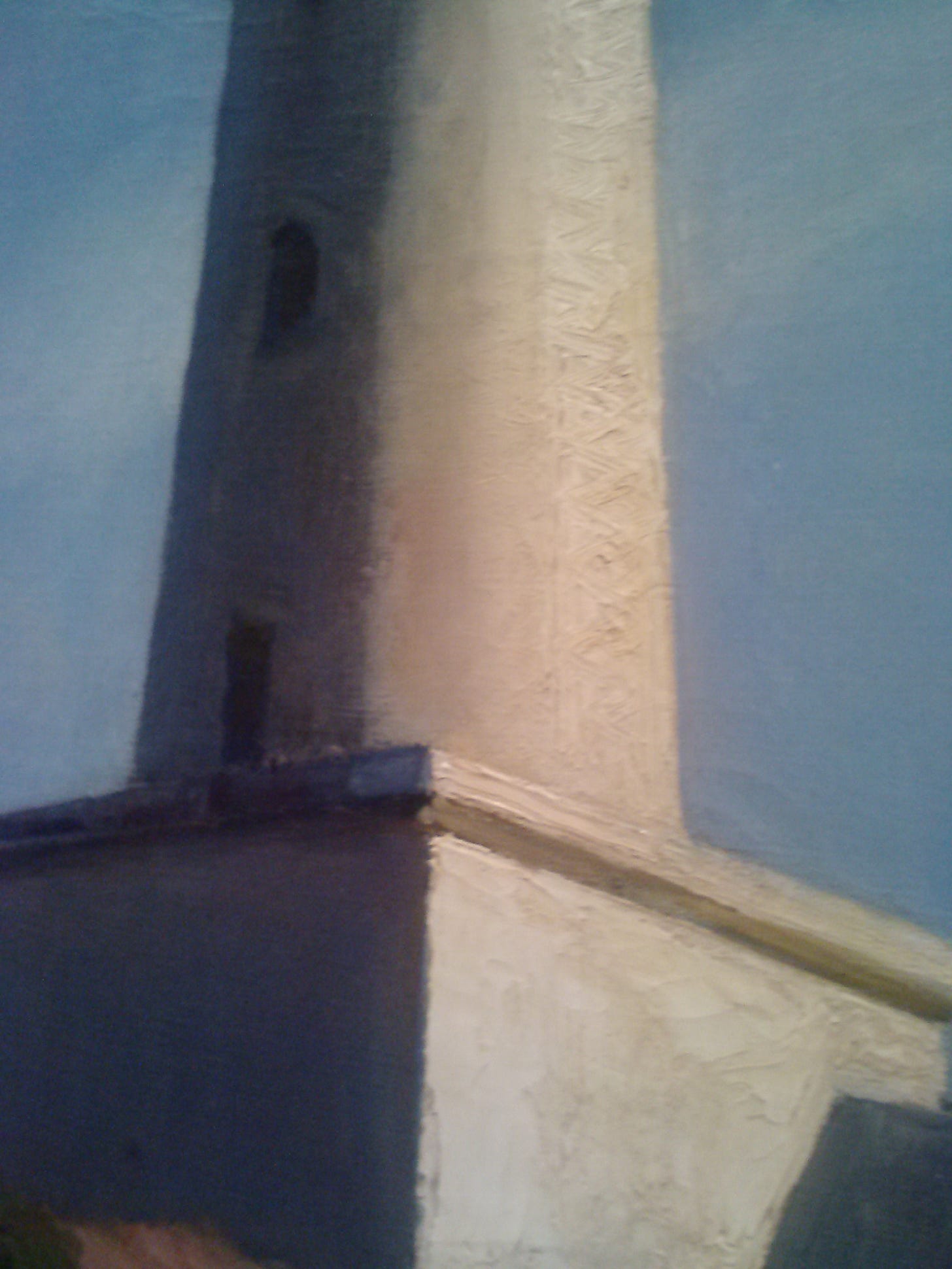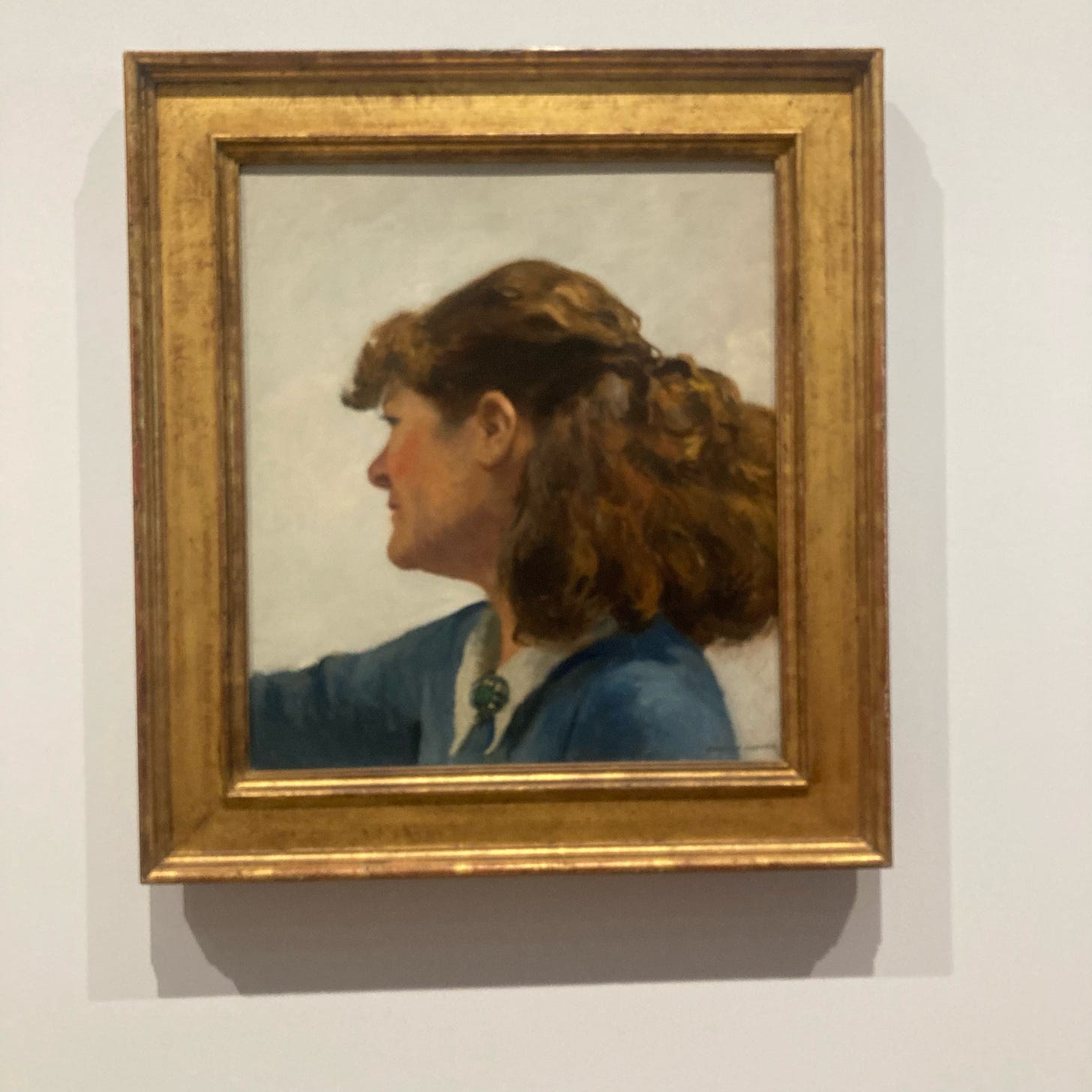It was "Hoppin'": The Final Days of "Edward Hopper's New York" at The Whitney Museum
How shocked would the artist known for depicting themes of loneliness, isolation, and seclusion in his art be to see a gallery packed full of people standing before some of his greatest life works?
How shocked would the artist known for depicting themes of loneliness, isolation, and seclusion in his art be to see a gallery packed full of people, bumping shoulder to shoulder, standing before some of his greatest life works? Although I cannot speak for Mr. Hopper, I can speak for myself in saying I was caught quite off guard by the large sum of people not only lined up outside The Whitney Museum in New York City’s Meatpacking District at 10:15 AM on March 4th, but also by the masses moving from room to room inside the “Edward Hopper’s New York” exhibition.
My first experience ever seeing a Hopper painting in person was at the Metropolitan Museum of Art during my first-ever trip to New York City, with my family, in the summer of 2013. It was late July, a few short weeks after my grandfather passed away, and my family and I had managed to walk ourselves through Central Park to the Met after touring some colleges I was considering applying to later in the year. The painting, “The Lighthouse at Two Lights” beaconed to me and pulled me into its shores. I stood facing the painting, docked there by myself, soaking in the intimate moment I didn’t realize could be rarity in some art-viewing instances. It’s a special moment when you can spend time alone with a painting, just you and the expression left on view by the artist, who’s presence may be physically lacking, but traces of brushstrokes lingering for decades.
Thinking of that painting now, I am reminded of Anne Lamont’s epiphanic words, “Lighthouses don’t go running all over an island looking for boats to save, they just stand there shining.”
In attending the Whitney’s most recent Hopper exhibit the day before it closed, I was expecting more of those intimate moments with this artist’s paintings and more moments where I could just stand there and see them shining. It became very clear, however, that experience I hoped for would not be the one I was about to receive. The moment the elevator doors opened on the third floor, a flood of voices hit my ears and I became instantly disappointed. I tried to maneuver my way around the clusters of bodies blocking views to nearly every single painting. The irony of the theme of Hopper’s works in contrast with the reality of the cluttered, busy, and populated space did not fall flat on my art criticism-like thoughts.
I waited in line to read the exhibition overview lettered on the gallery wall, just paces from the elevator, but took me more than five minutes to part my way through. I craved the intimacy of thought so I scanned the QR code next to the exhibition description and began to play the sounds of some of the curators and art historians retelling of the artist’s works as I dodged my way through the crowds, catching glimpses of each of the paintings.
As I moved about the galleries, I faced another disappointment… there weren’t many of Hopper’s paintings of houses, which are admittedly, ever since seeing “Lighthouses” at the Met, some of my favorite artworks of all time. My narrow impressions of Hopper were so limited, I did not know that he painted so many people, like comedians and theatre-goers.
There was, however, one person I knew that Hopper had painted—his wife, Jo, and it was her presence in this exhibit that was the least disappointing and most refreshing to see that Saturday at the Whitney.
Another point of interest in Hopper for me, was not just him as the painter, but also him as the person. I had learned a few years ago about the tumultuously abusive relationship between Ed and Jo Hopper and given my newest role as an attorney with a domestic violence clinic, I sought out this exhibit with a lens toward that aspect the art portrayed as well.
Just as it was shocking how many people were in attendance at the exhibit, it was delightfully surprising how much Jo was woven into this exhibition titled with her husband’s name. From the videos of the couple in their respective studios, sitting on a park bench reading the newspaper, climbing the 72-steps of their building stairs to the mutual depictions of each other in portraits and the joint interview in their own words—parts of this exhibit felt like a his and hers, compliments to one another. I began to notice how even Hopper’s paintings mirrored this dynamic, his office in the city, her office in the city, her view out the window, his view out the window. Was Hopper purposefully highlighting the gender roles of his time? Did Jo influence the way he saw what positions men and women could be in? How did this impact their abusive relationship with each other outside of the art? Or is it communicated with the art? Was it normal for them to be together despite such cruel behavior? I had such mixed feelings in hearing and seeing them together, even in their old age, faces and voices worn with time and experiences—both the good and bad. When asked by an interviewer about their relationship, Jo replied in a subtle fashion, “Oh, we manage to get on.”
At last, away from the crowd for a moment, I took a breath of fresh air outside in the outdoor gallery located on the same floor. Stacked rooftops of the New York cityscape greeted and inspired me. I allowed for a brief moment of reflection, then parted with an extra hop in my step and a greater love for Hopper in my heart.
All my love,
Gina










